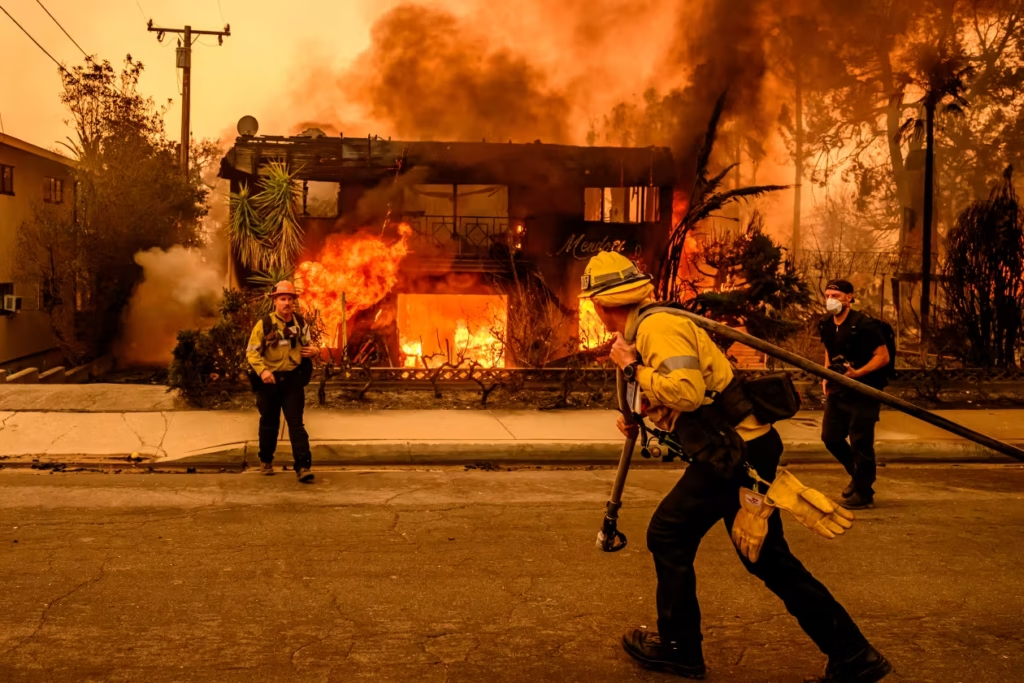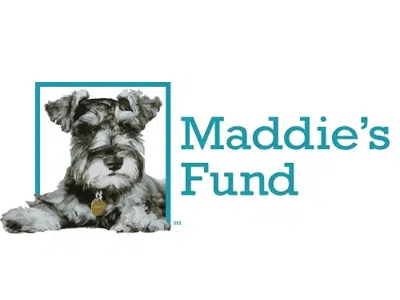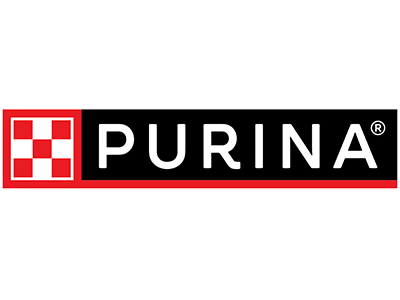The Palisades Fire in Los Angeles County has been devastating for local communities — including our partner shelters. Our hearts are with all those affected by the fires. If you or someone you know needs evacuation shelter location information in the Los Angeles area, including those for animals, visit Cal Fire.

Joybound responded to a call from Los Angeles County Animal Care and Control for assistance with relocating their shelter population (who were already in their care before the fire). This critical effort makes room in their facility for pets displaced by the fires, who need to be reunited with their families.
On Monday, January 13, Joybound’s intake and admissions team returned from Palmdale with our first batch of more than 30 animals.
Then, on Wednesday, January 22, they returned from their second transfer with 15 more dogs, allowing the Palmdale shelter to open for pet evacuations from the new Hughes Fire.
(Photo: AFP via Getty Images)
How Can You Help?
Joybound is monitoring the situation in Los Angeles and remains in contact with partner shelters to assist when needed. With your help, our team can continue making trips to the Los Angeles area, as we offer continuing support to animal facilities and communities impacted by these fires.
Make a Gift
Your support fuels our ability to act in moments of crisis, providing transportation, care, shelter, and hope when it’s needed most.
Adopt a Pet
We’re clearing out our Walnut Creek shelter, allowing us to take in more dogs and cats from Los Angeles.
Foster an Animal
Another way to open up space in our facility for additional animals from Los Angeles is by signing up to be a foster volunteer!
Spread the Word
On top of all that, YOU can help get the word out about helping our neighbors to the South. With your help, we can Unleash Happiness.
Joybound Disaster Reponses
How to Stay Prepared
Make a Pet Go-Bag
Keep a pet go-bag handy for your pets. Make sure everyone in the family knows its location – it should be clearly labeled and easy to carry. Items to consider keeping in or near your pack include:
- Pet first-aid kit and guide book
- 3-7 days worth of canned or dry food
- Extra leash, harness, and collar
- Pet medications
- Pet first-aid kit
- Two collapsible bowls for food & water
- Pet comfort items
- Flashlight with charged batteries
- Important paperwork
- Health history and vaccination history
- Proof of ownership
- Photo of pet (in case you get separated)
Research City/County Disaster Programs
Does your city or town have a disaster program plan? Research which groups exist and the name of the leader. Check with the local non-profit humane societies in your area to see if they have their own plan and an animal evacuation group. Other agencies to check include Animal Control, City Hall, local chapter of American Red Cross, Fire Department, or Law Enforcement.
Create a Safe Haven Plan
Do not leave your pets behind to fend for themselves. Remember, if it isn’t safe for you, it isn’t safe for your pets. They may become trapped, escape, or be exposed to numerous life-threatening hazards. Arrange a safe haven for your pets in the event of evacuation. Many Red Cross disaster shelters will not accept pets because of health and safety regulations, so it is imperative you have determined where you will take your pets ahead of time. Options include:
- Contacting your veterinarian for a list of preferred boarding kennels and facilities
- Asking your local animal shelter if they provide emergency shelter or foster care for pets
- Identifying hotels or motels outside your immediate area that accept pets
- Asking friends and relatives outside your immediate area if they would care for your pet
Designate Caregivers
Consider designating a caregiver who can help your pet in the event you cannot get home. When choosing a temporary caregiver, consider someone who lives close to your residence. This person should be someone who is generally home during the day while you are at work or has easy access to your home. A set of keys should be given to this trusted individual, along with feeding and care instructions for all pets and your veterinarian’s name. This may work well with neighbors who have pets of their own – you may even offer to swap responsibilities, depending upon who has accessibility.













